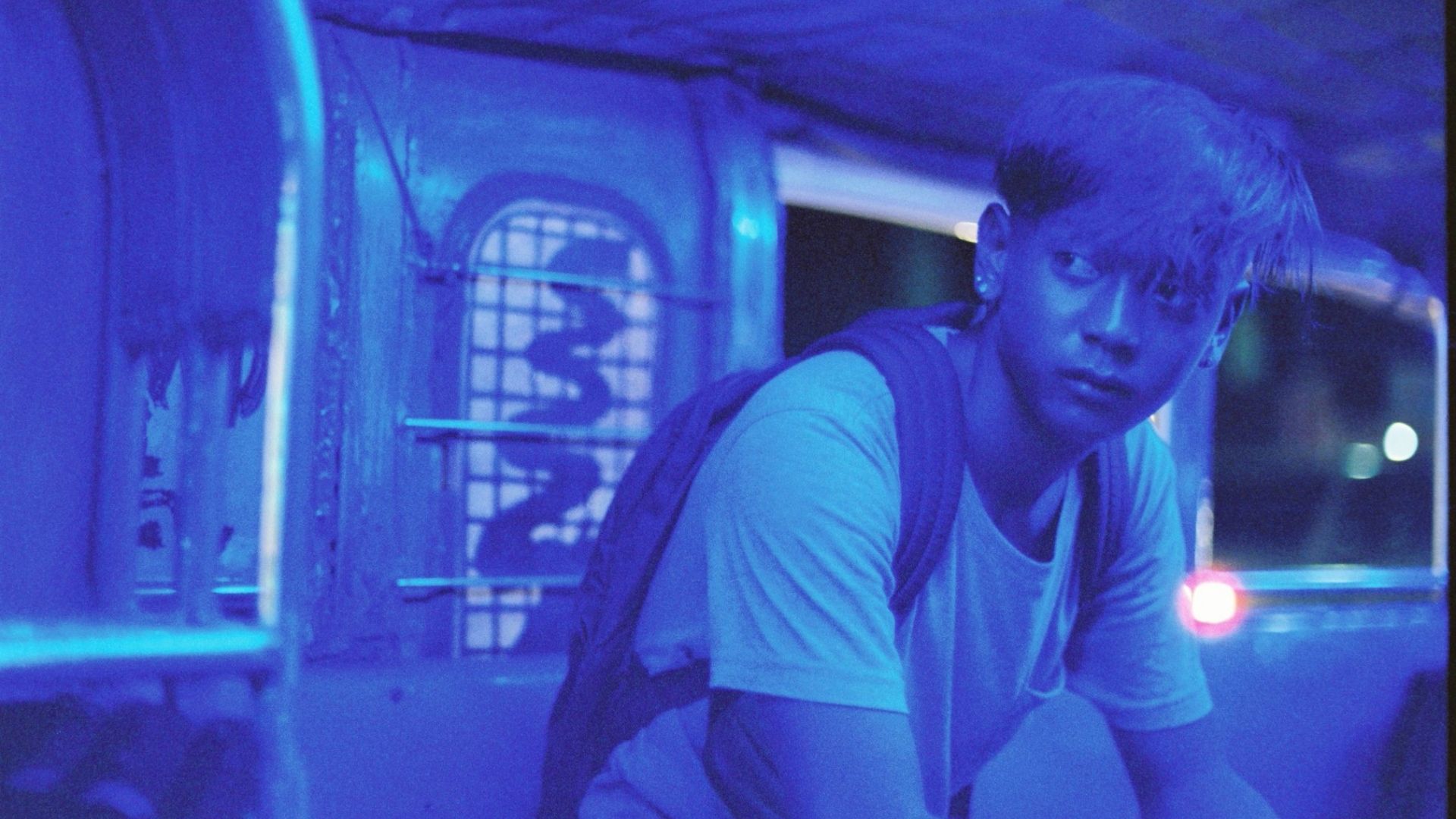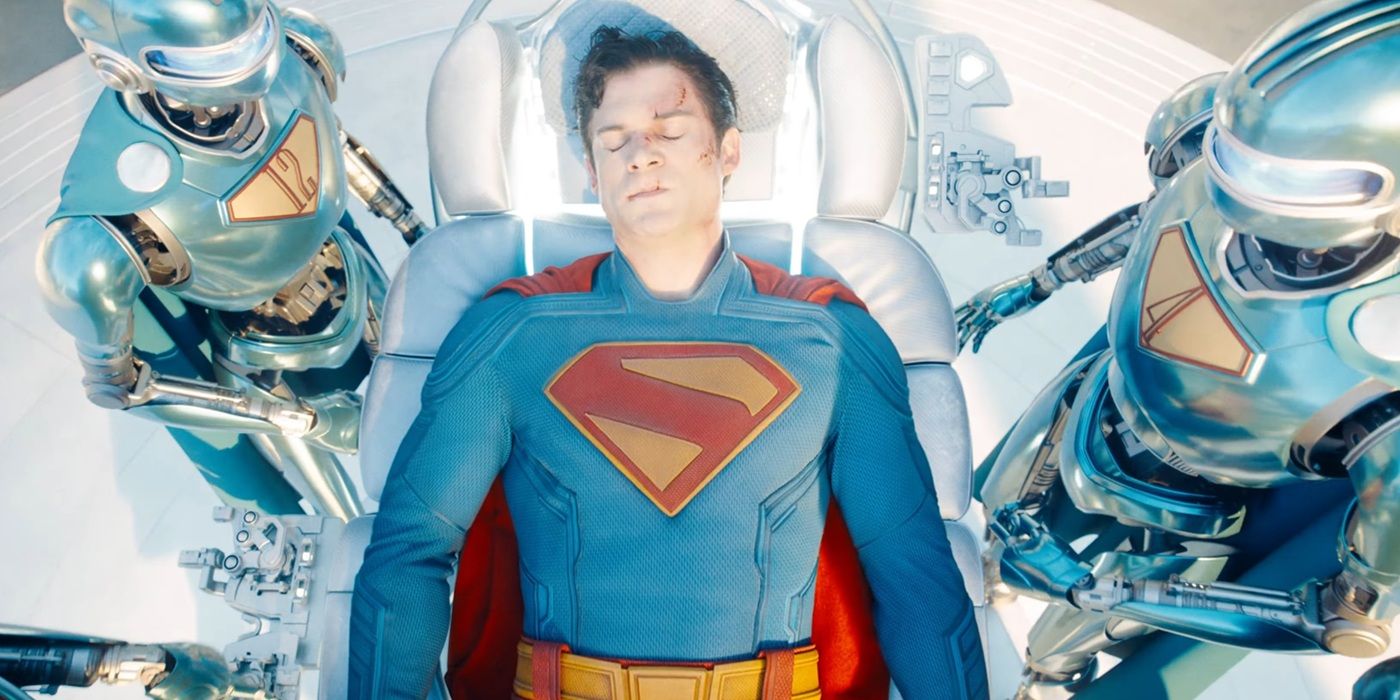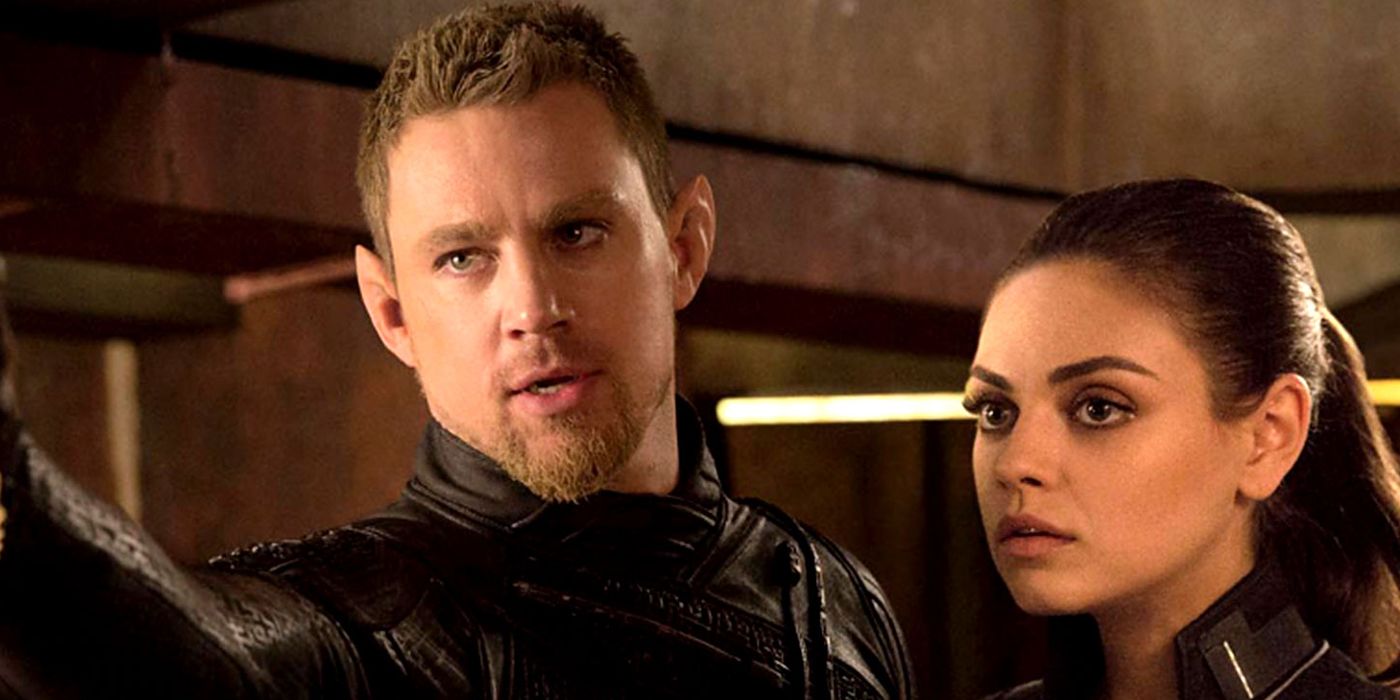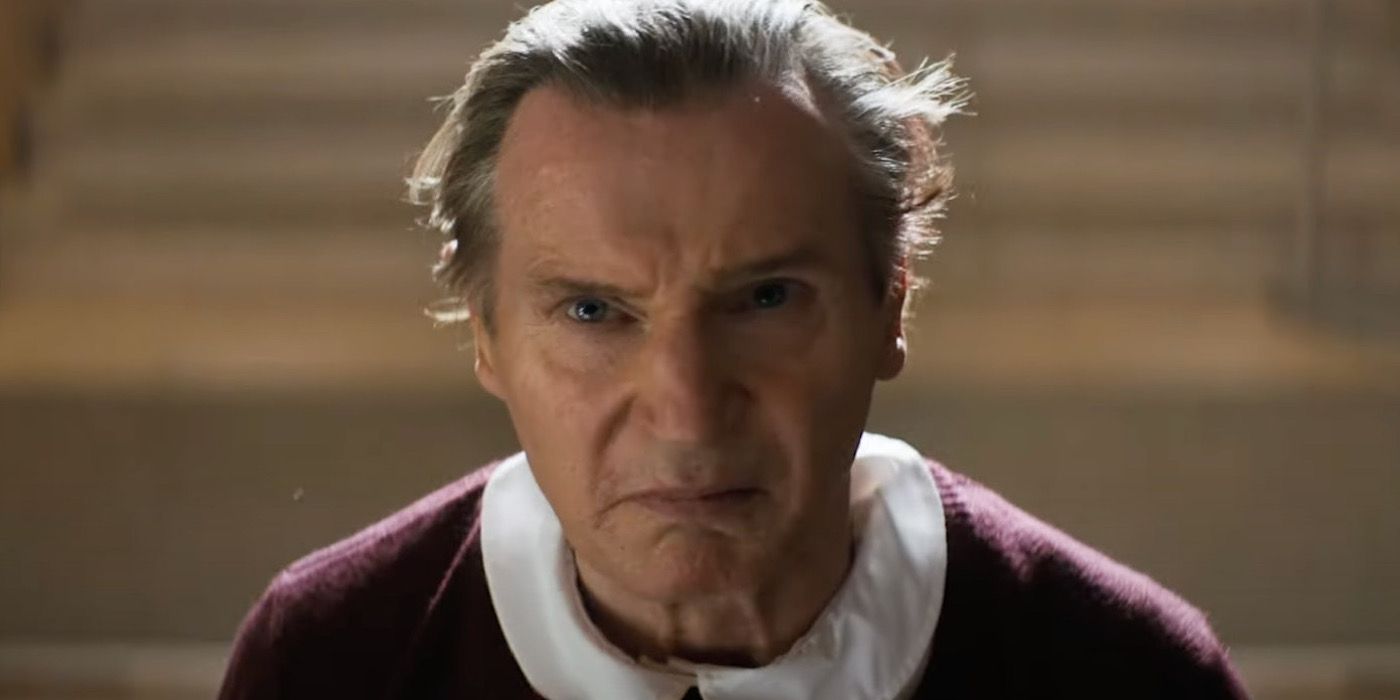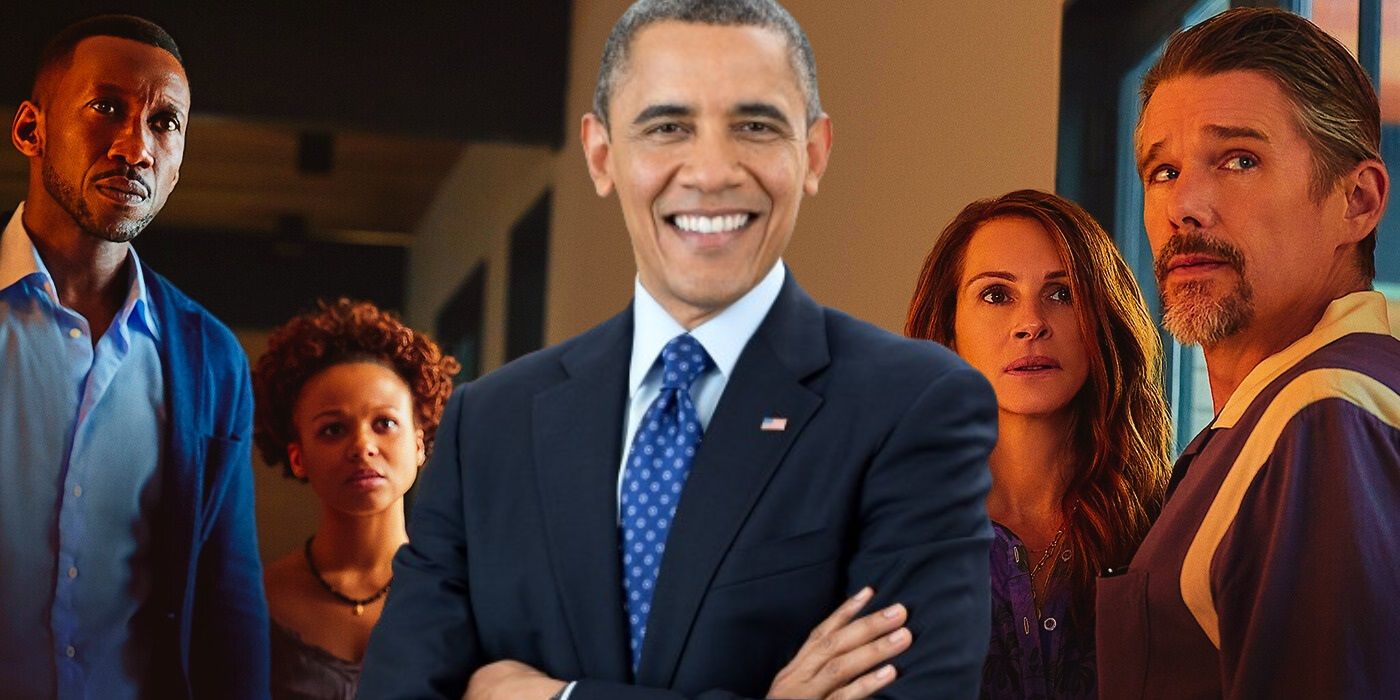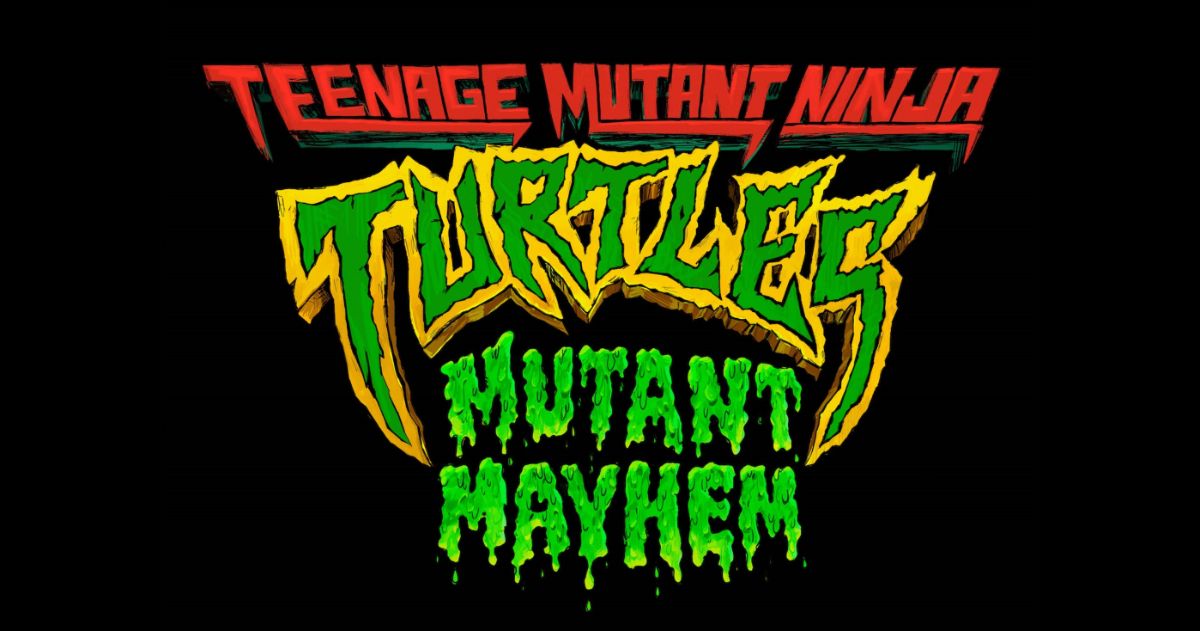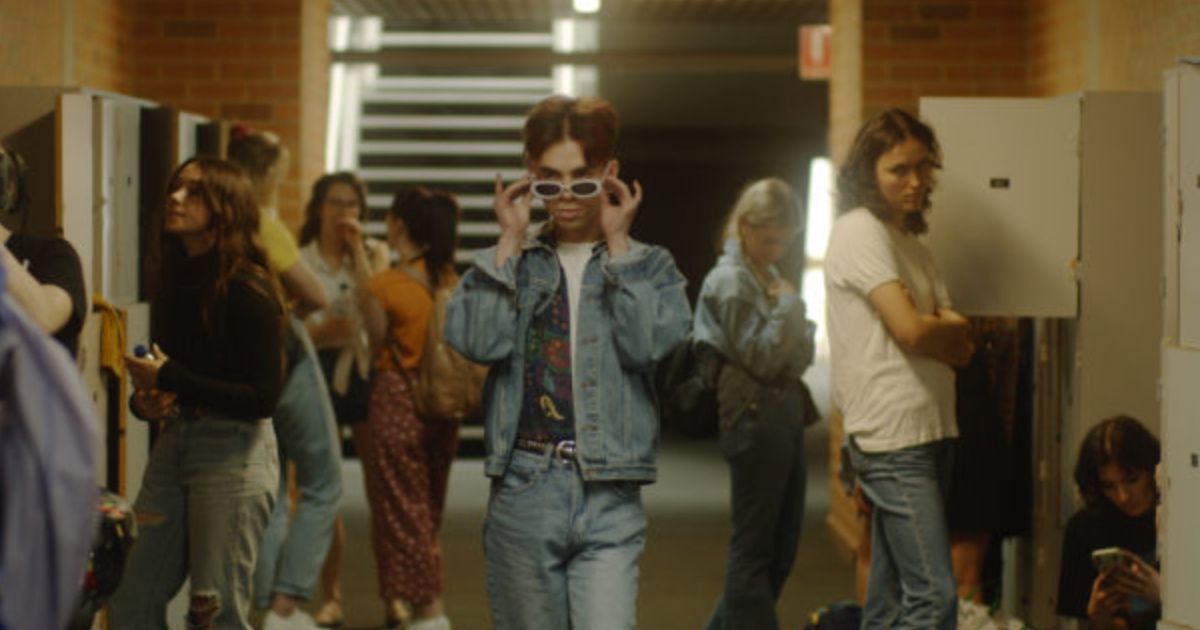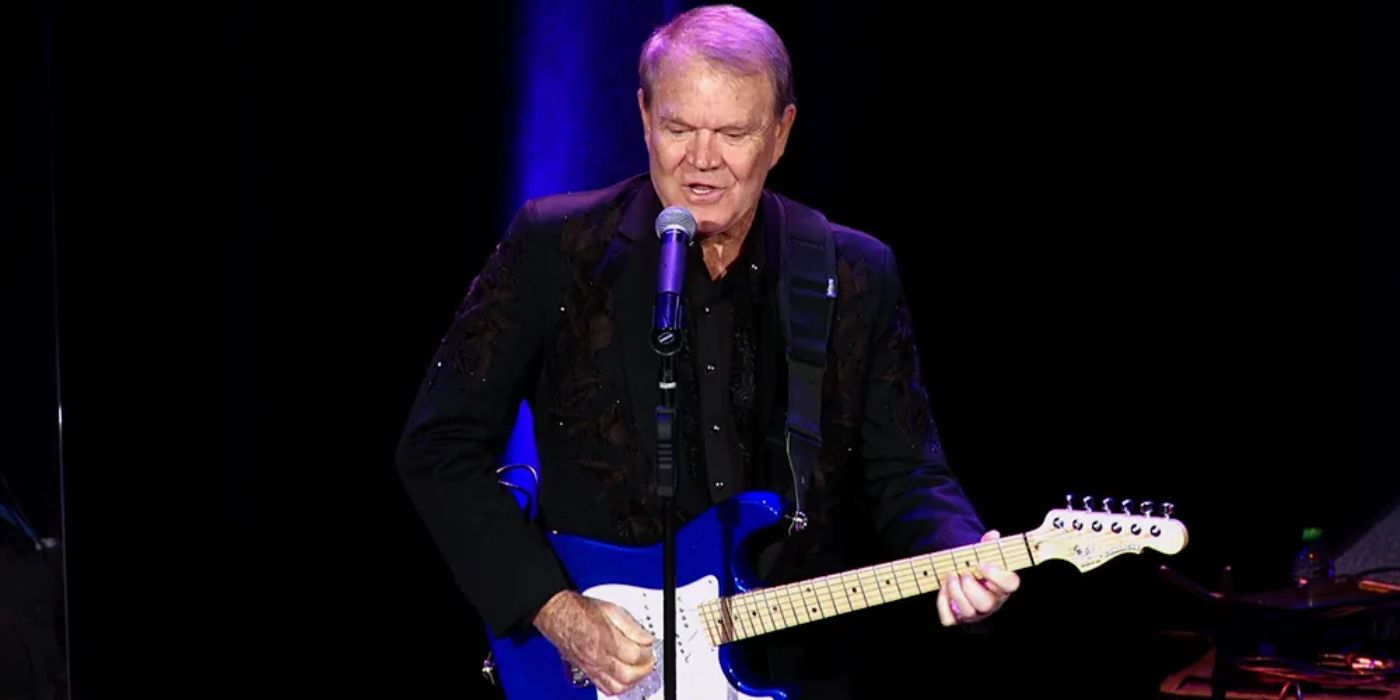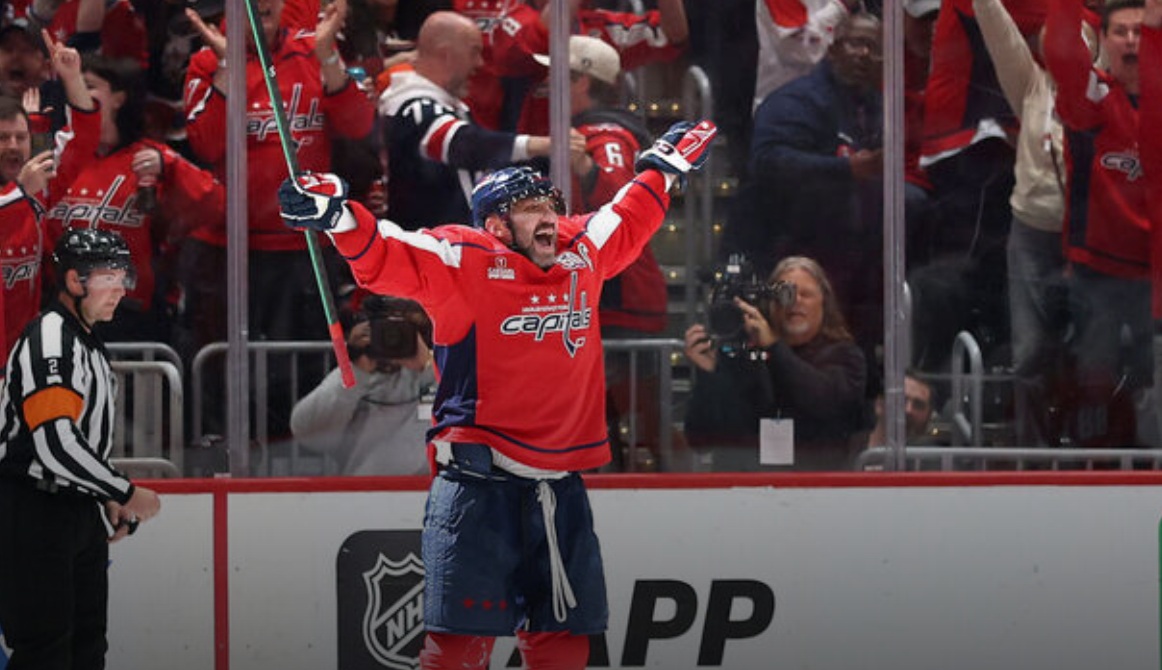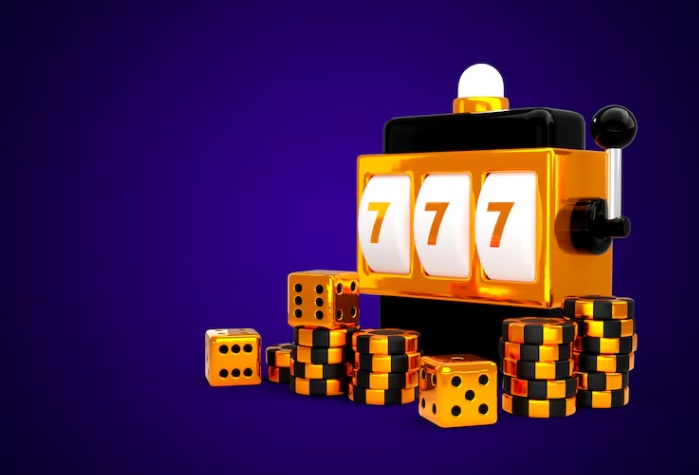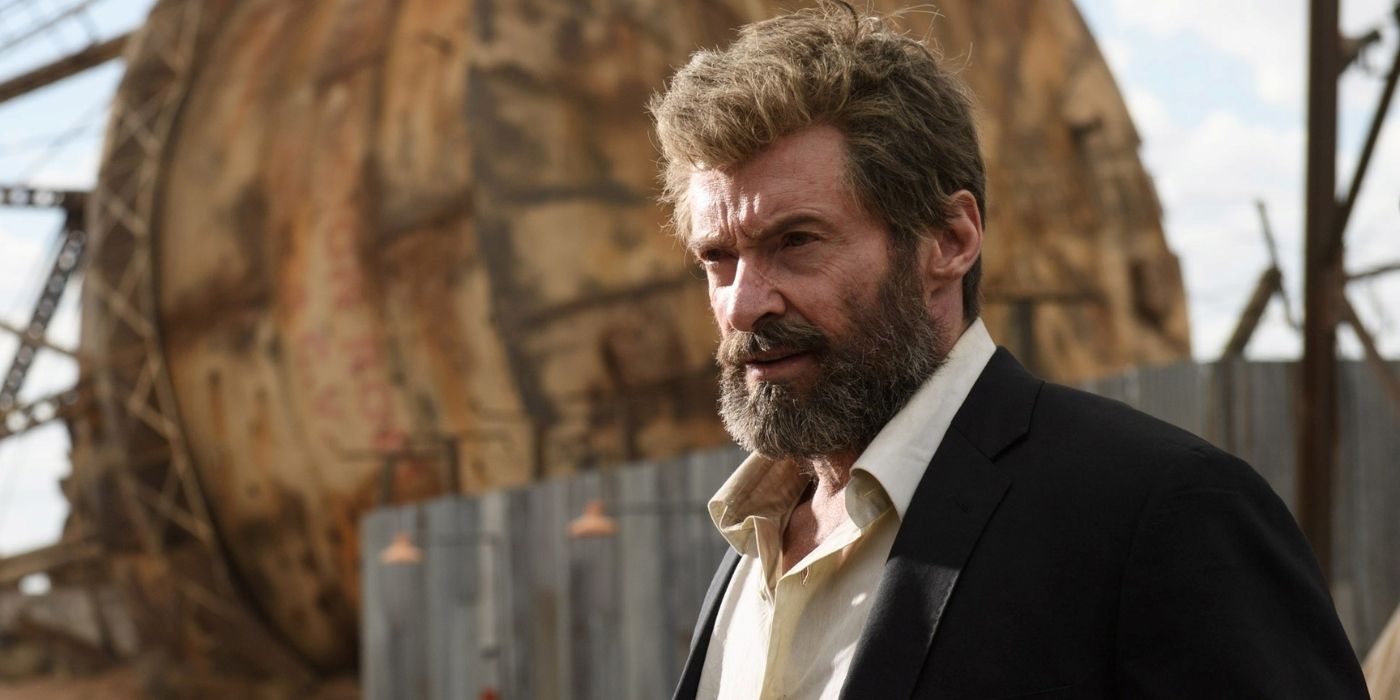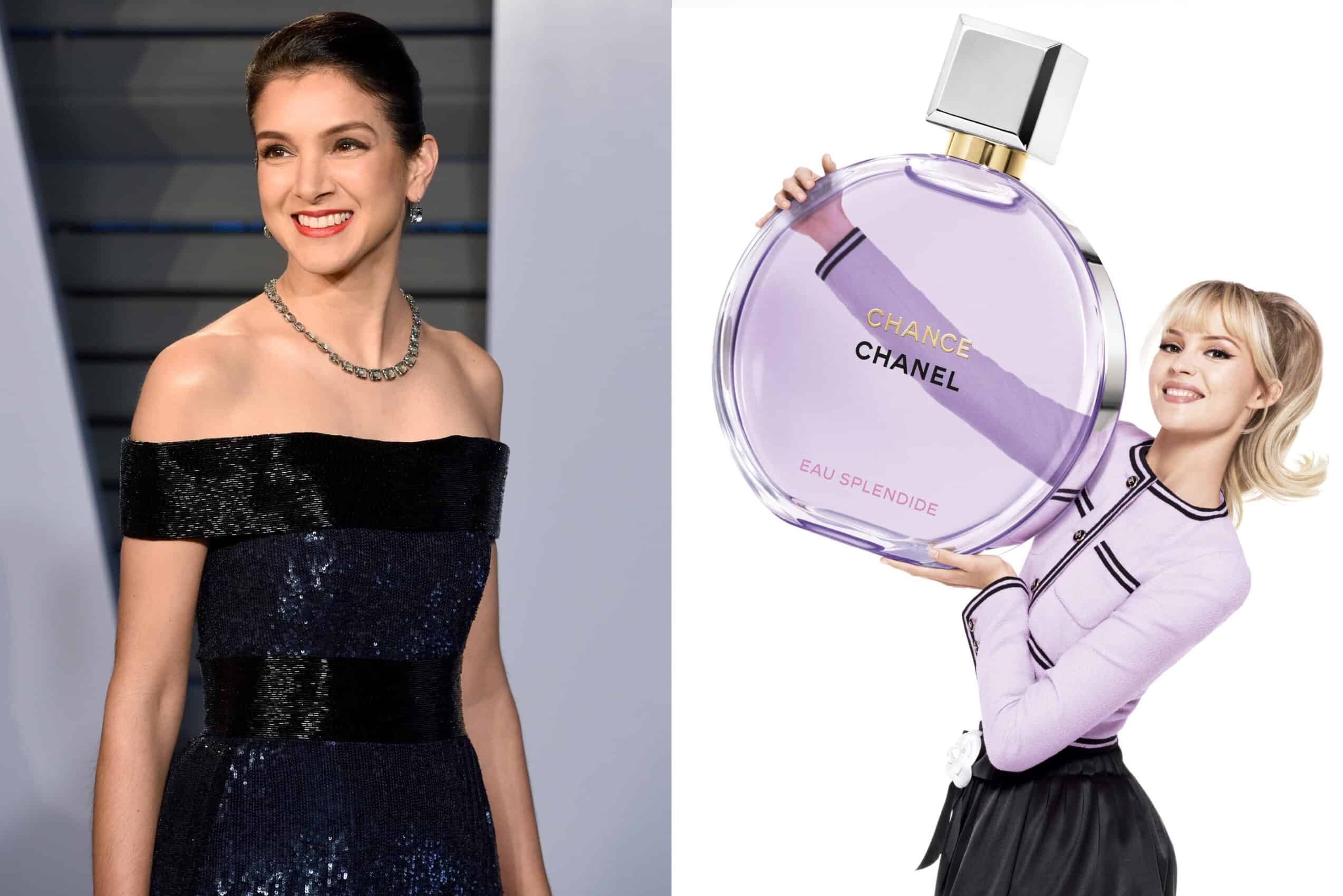By coincidence, writer-director Bob Rafelson developed his version of “Postman,” starring Jack Nicholson and Jessica Lange, around the same time, but it was released five months after “Body Heat” and had no impact. Maybe the problem was that by setting it in-period, yet filling it with blunt sex and ’70s-style sleazoid characters, Rafelson created another kind of cognitive dissonance, one that (unlike “Body Heat”) read as art-house pretension and self-seriousness. It’s no fun, and the absence of fun is fatal to noir. Take away fun, and it’s not film noir anymore, it’s just a dour drama about losers betting everything on one final roll of the dice.
When “Body Heat” was released, in the same summer as “Raiders of the Lost Ark,” “Superman II,” and other big-budget films with a retro feeling, more than one critic noted that it didn’t make a lot of sense for the film’s lead characters to speak in the kind of erotically charged innuendo that was once written to get around studio censorship, then show them taking their clothes off and having sweaty, lurid sex. But that particular brand of overkill/redundancy is a big part of what makes the film feel simultaneously knowing and naive, classic and modern. It’s what makes it funny and self-deprecating as well as self-infatuated and overripe.
And, to invoke what has become a cliche (because it’s true!), it’s what stamps “Body Heat” the sort of film that would never get made today—at least not in the United States, where (as of this writing) there’s not much call for anything but so-called “four quadrant blockbusters” that are safe to take the kids to. “Safe,” in the United States, means PG-13 rated or below, no sex, no drugs or excessive drinking, no morally questionable behavior that isn’t immediately identified as such and loudly condemned, no graphic violence; and yet (strangely; predictably) a high body count, committed mainly against anonymous henchpersons, dispatched quickly and without agony or bloodshed.
You can view the original article HERE.


